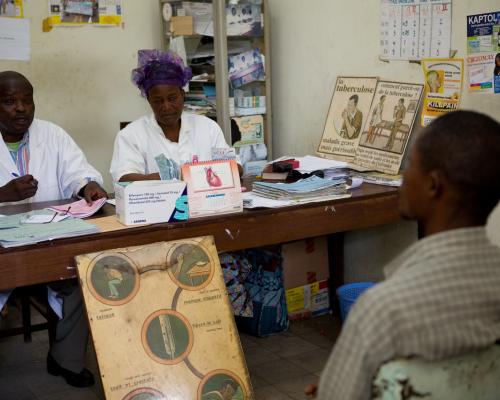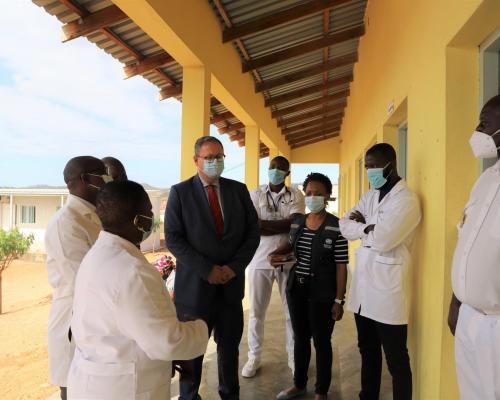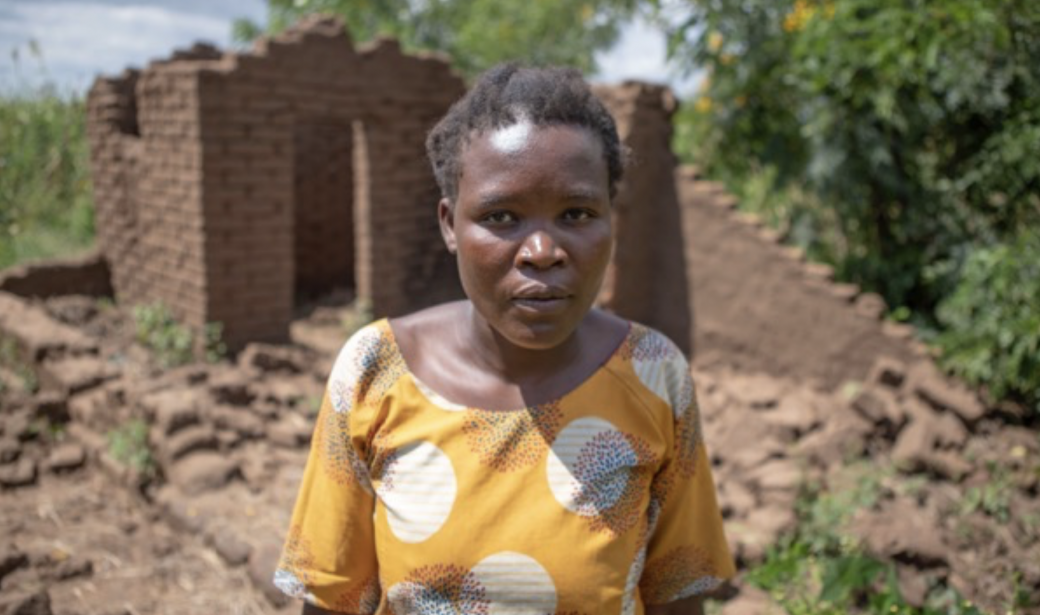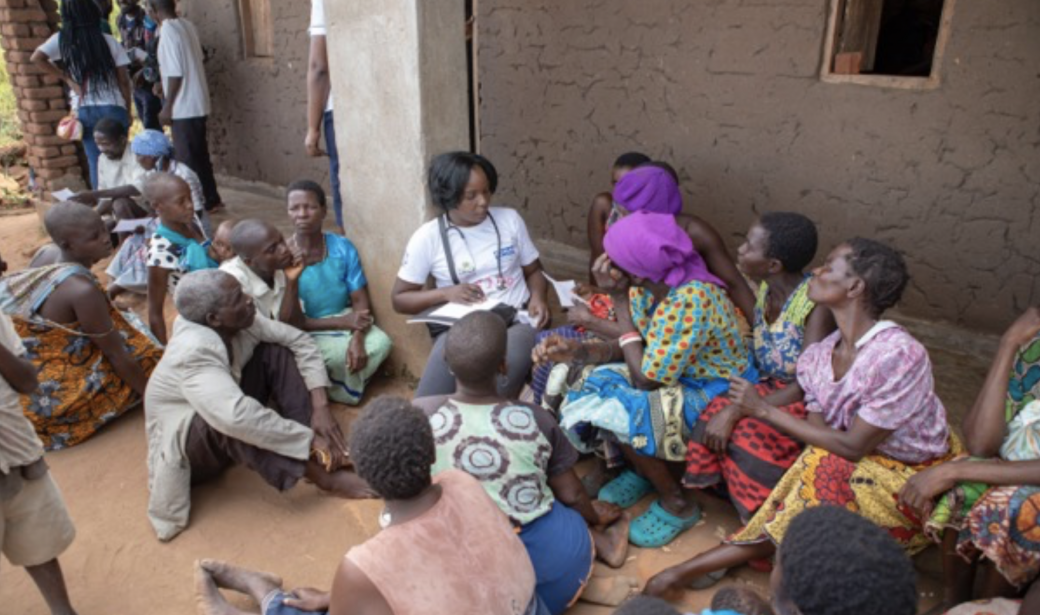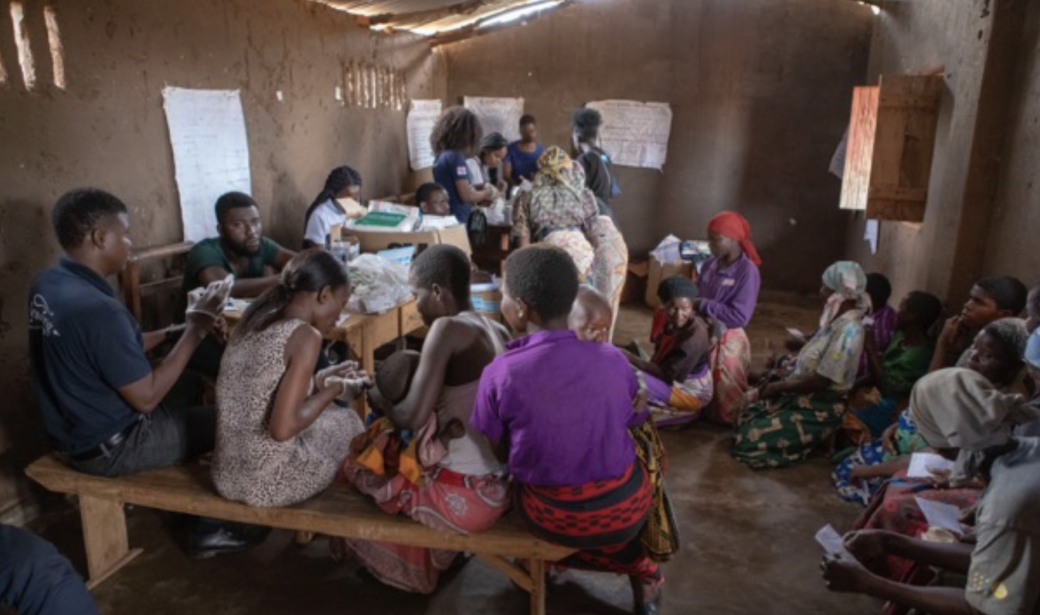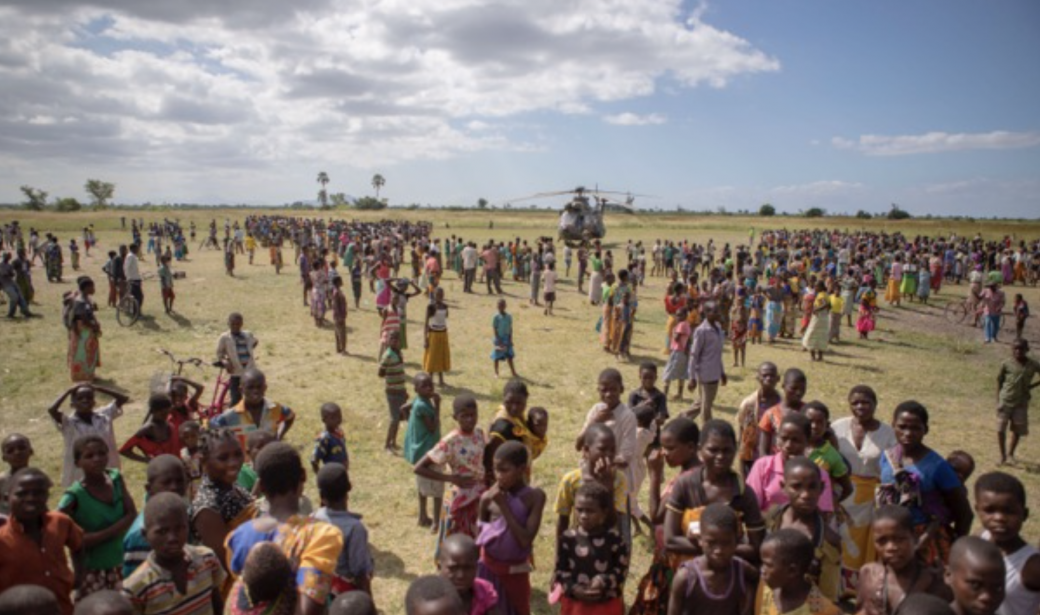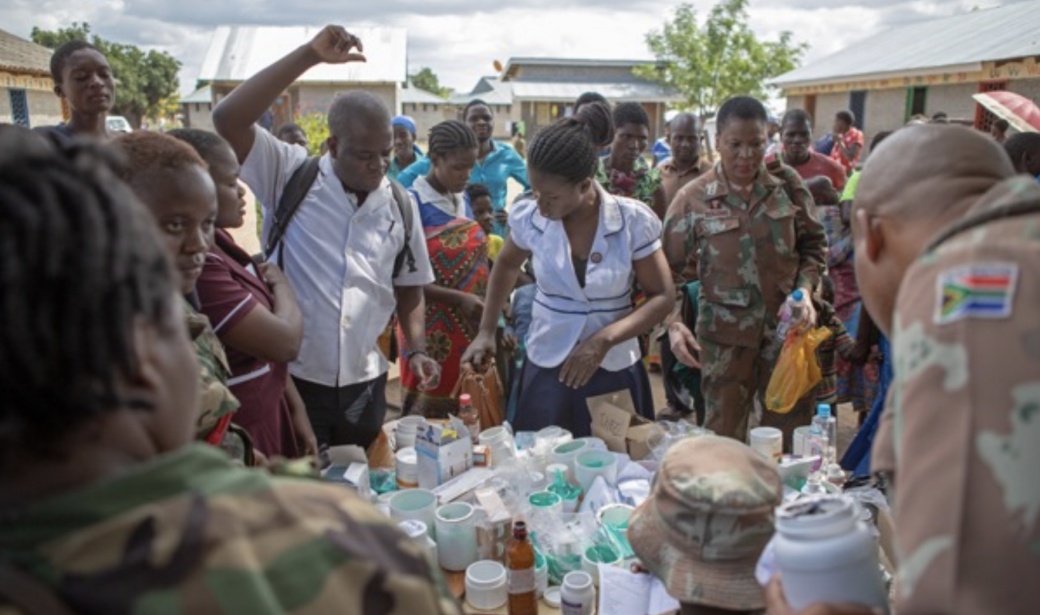Lilongwe 24 April 2019 - The torrential rains did not stop for three days and nights. It was on the fourth night that the walls gave way from the mud brick house that Eunice Sopo and her three children called home.
Parts of Mozambique and eastern Zimbabwe had been swept away before Cyclone Idai’s torrential rains hit Malawi, creating extraordinary flood conditions that swept away homes, crops and lives. At least 60 people died and approximately 87,000 have been displaced (source, OCHA).
Eunice Sopo tells of her loss, “In my sleep I heard one of the walls fall. We’ve lost everything to the rains; my house and belongings, and two of my children have been diagnosed with malaria. I don’t know what to do. It’s still raining now and it’s impossible for me to mold bricks for a house. Rebuilding my life is a hard one. I have to rely on my friends to give me food like pumpkins. As you can see my crops have been destroyed. During my stay here at the camp, two of my three children fell ill. Both of my kids didn’t go to school and they were vomiting and they had fever and because there was an outreach clinic running at this camp. When they were examined they were diagnosed with malaria. So they were treated with anti-malarial medicine and after taking the medication for four days, the children got better.”
WHO is coordinating 12 partner agencies including UNICEF, MSF, the Society of Medical Doctors, UNFPA and numerous non-governmental organizations to ensure that communities are provided with services they need, quickly and efficiently.
Brian Asiimwe, WHO’s sub-national health cluster coordinator says, “The World Health Organization brings together numerous healthcare partners and coordination is improving. Furthermore, disease surveillance has been heightened in camps, communities and health facilities. Primary healthcare at outreach clinics is ongoing and a measles vaccination campaign is underway.”
The WHO is facilitating outreach clinics, providing medicines and cholera kits. At the Maluwa camp outreach health clinic, mothers with infants and the elderly surge towards doctors, jostling to get treatment and medicine.
The rise in malaria is also attributed to malarial mosquitos breeding in stagnant floodwaters.
Ketwinn Kondowe the Phalombe District Health Officer states, “Since it was an emergency we needed drugs and transport to reach these camps but the situation was that malaria, diarrhoea, skin conditions, respiratory infections were all increasing. The World Health Organization came to our rescue. They provided logistics to enable us to establish outreach clinics; additionally, the WHO had previously supported us in disaster preparedness.”
From now onwards, some people will return home, others will stay in camps. For the foreseeable future the outreach healthcare services will stay.
Health Promotion Officer
Tel: 0888878011
Email: kubwaloh [at] who.int (kubwaloh[at]who[dot]int)
Communications Officer for the Mozambique Response
WhatsApp: +41 79 206 1403
Email: cumberlands [at] who.int (cumberlands[at]who[dot]int)
